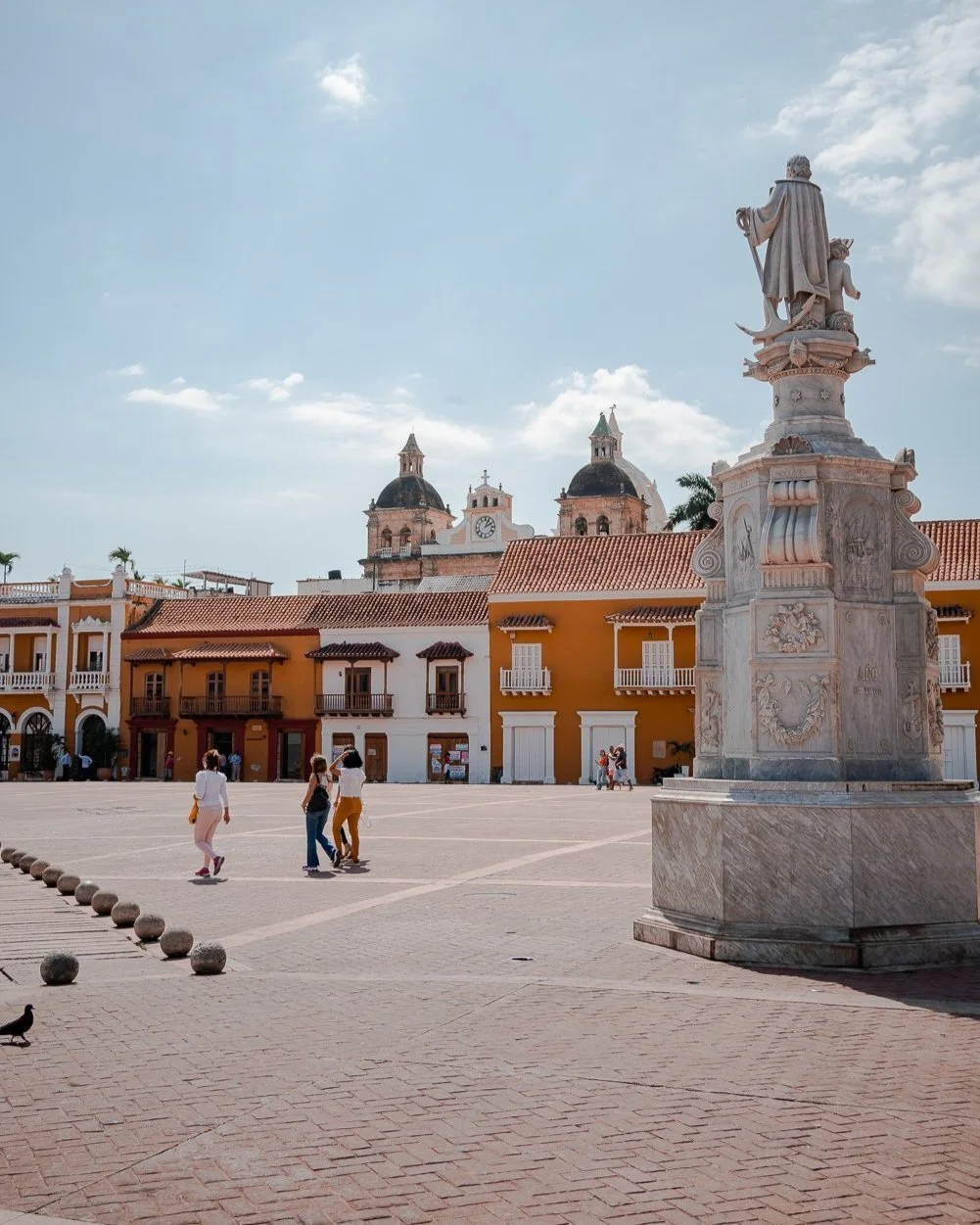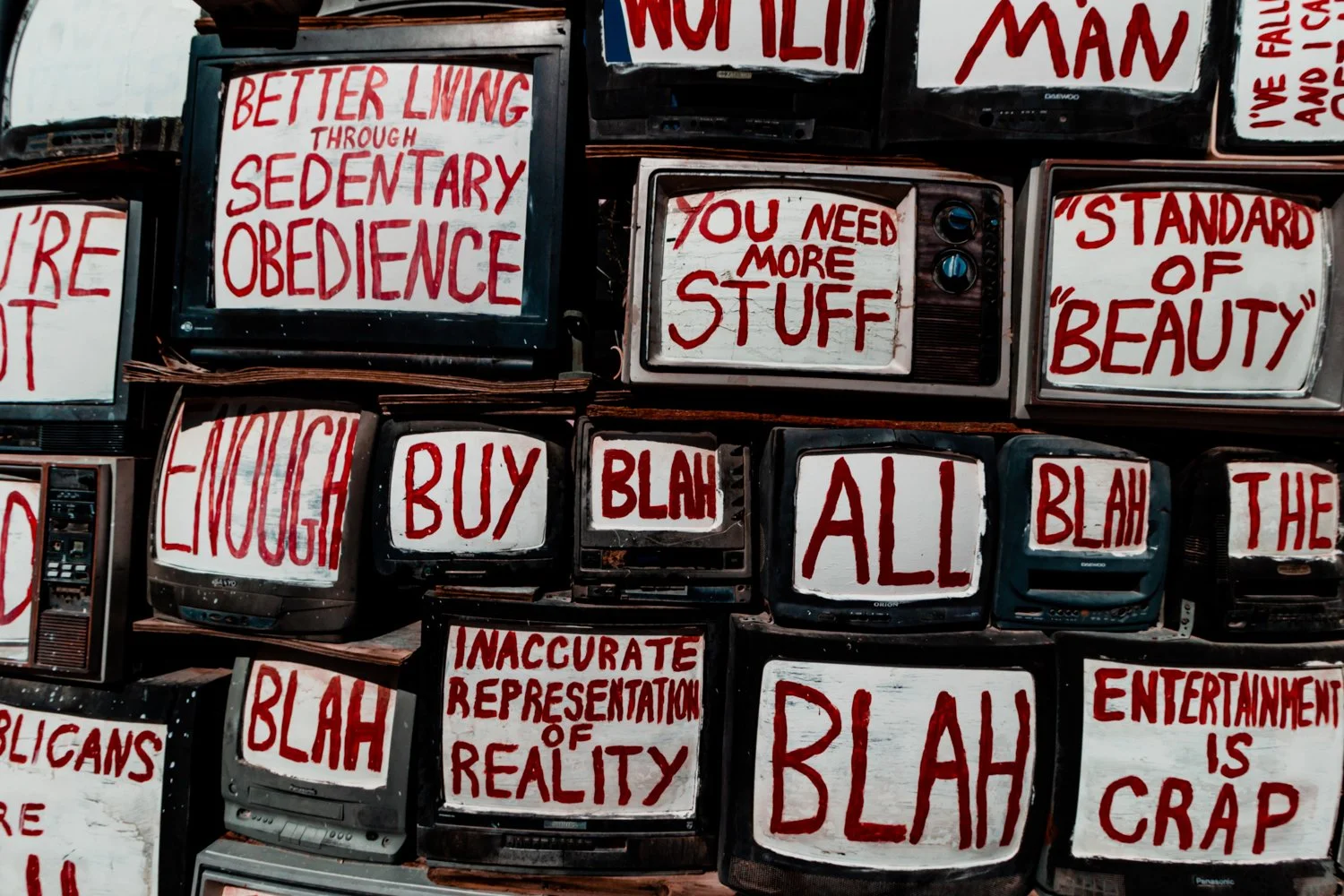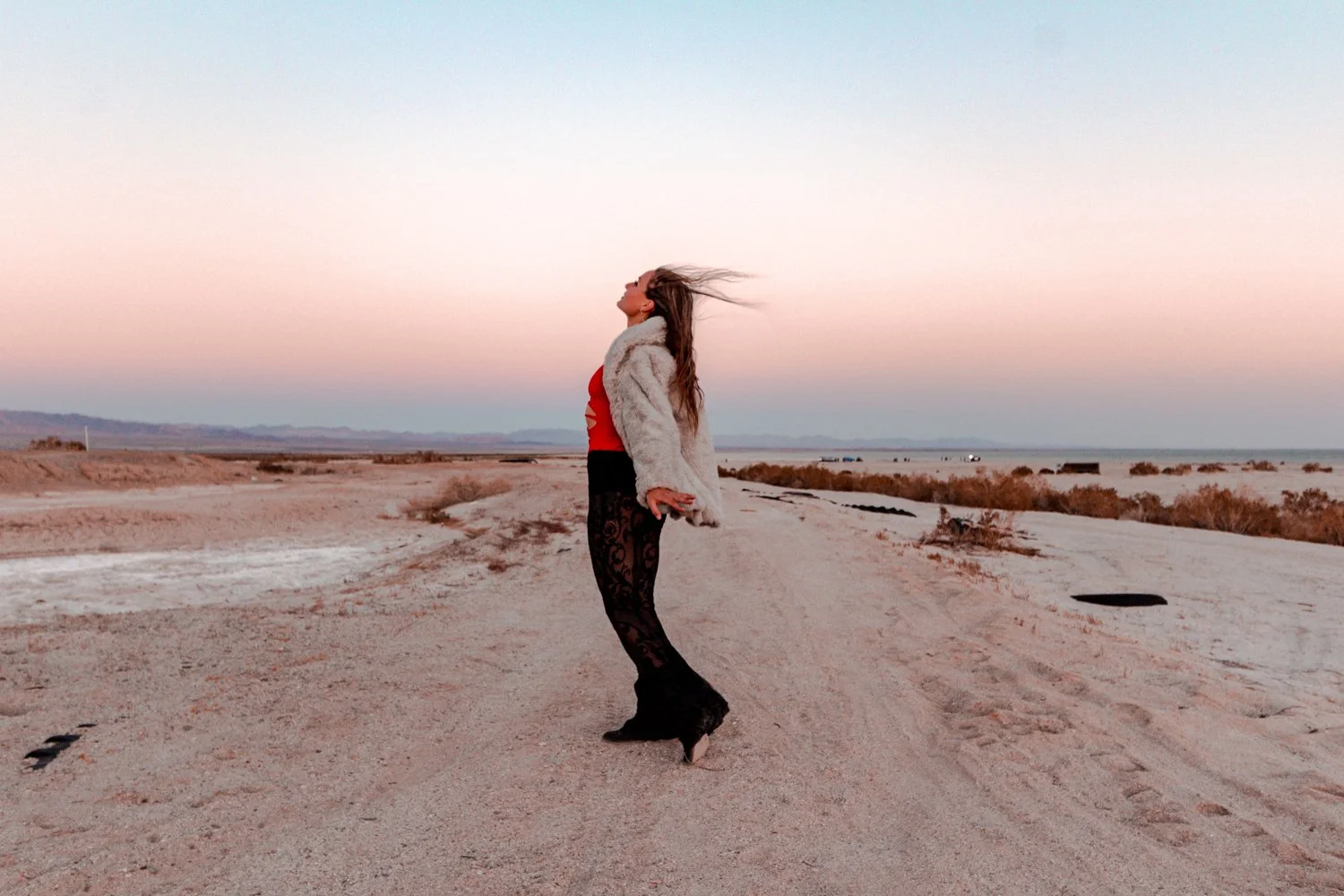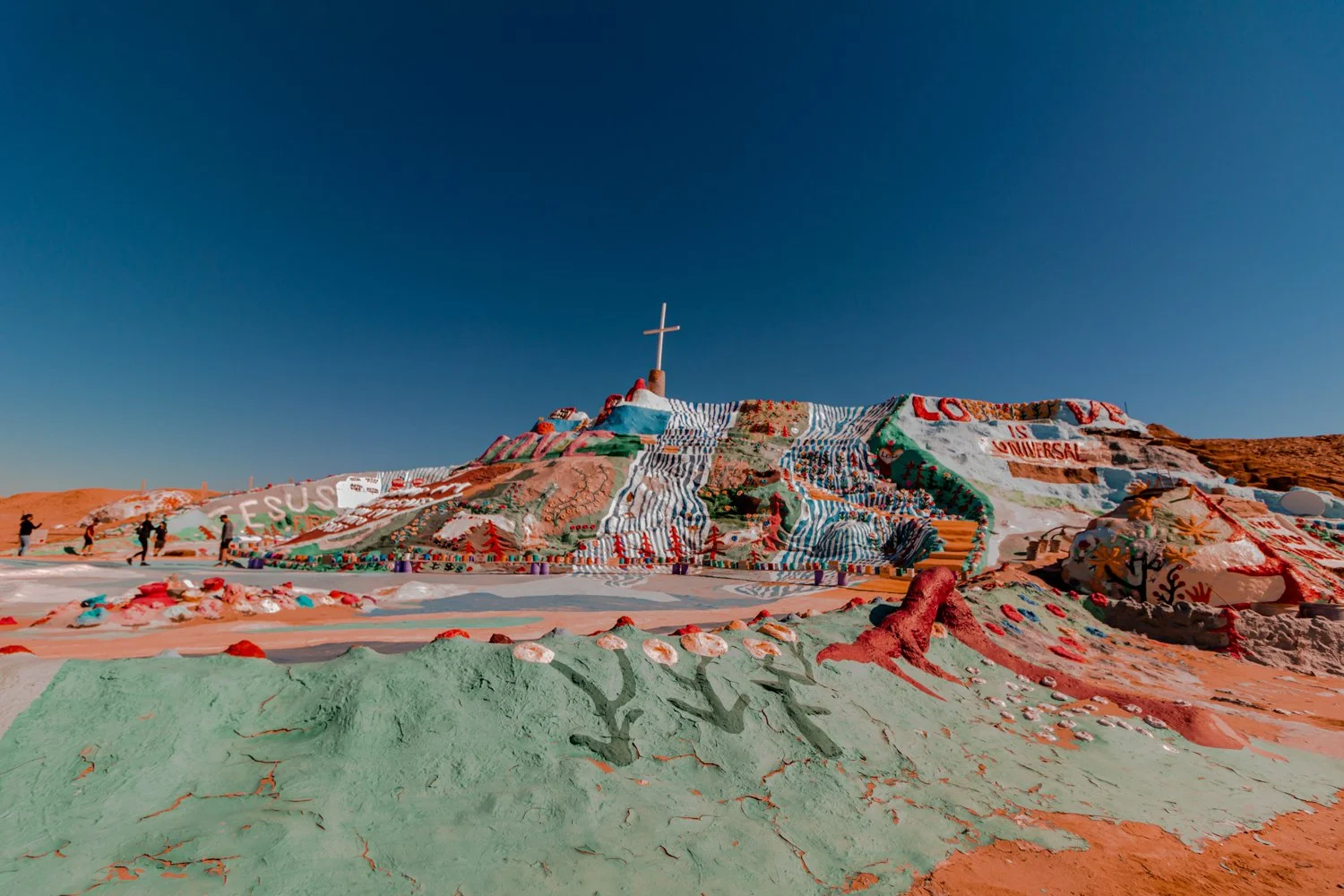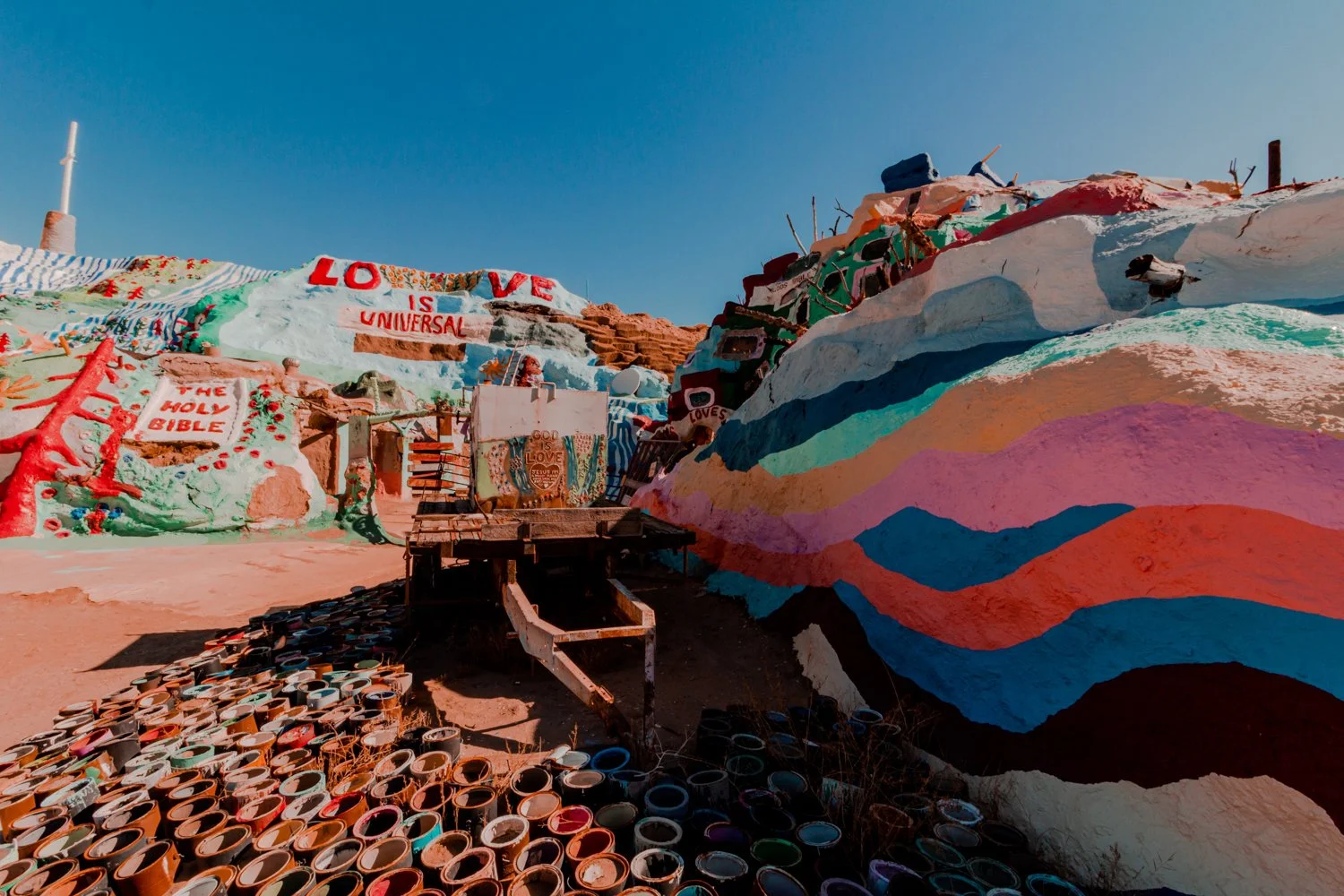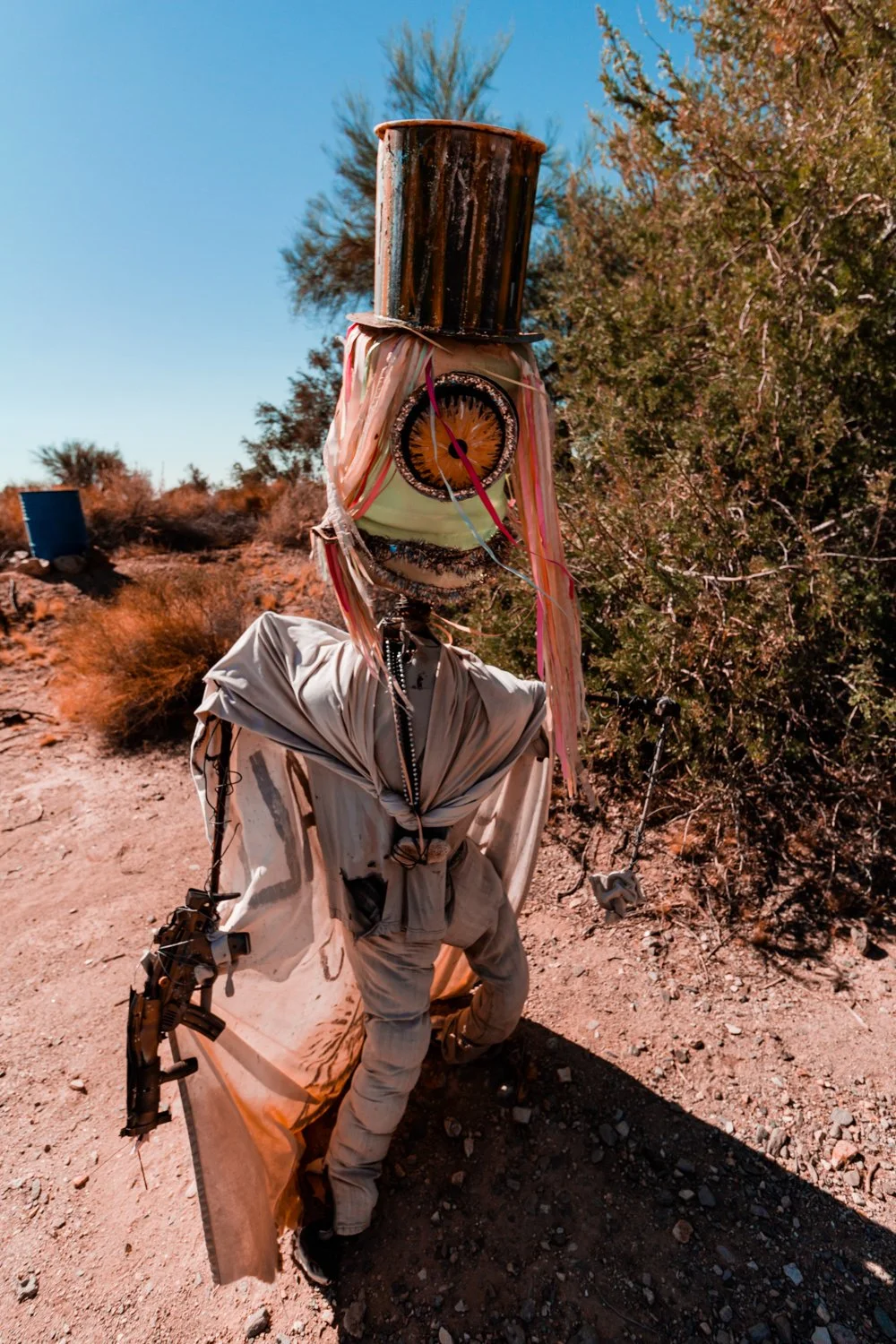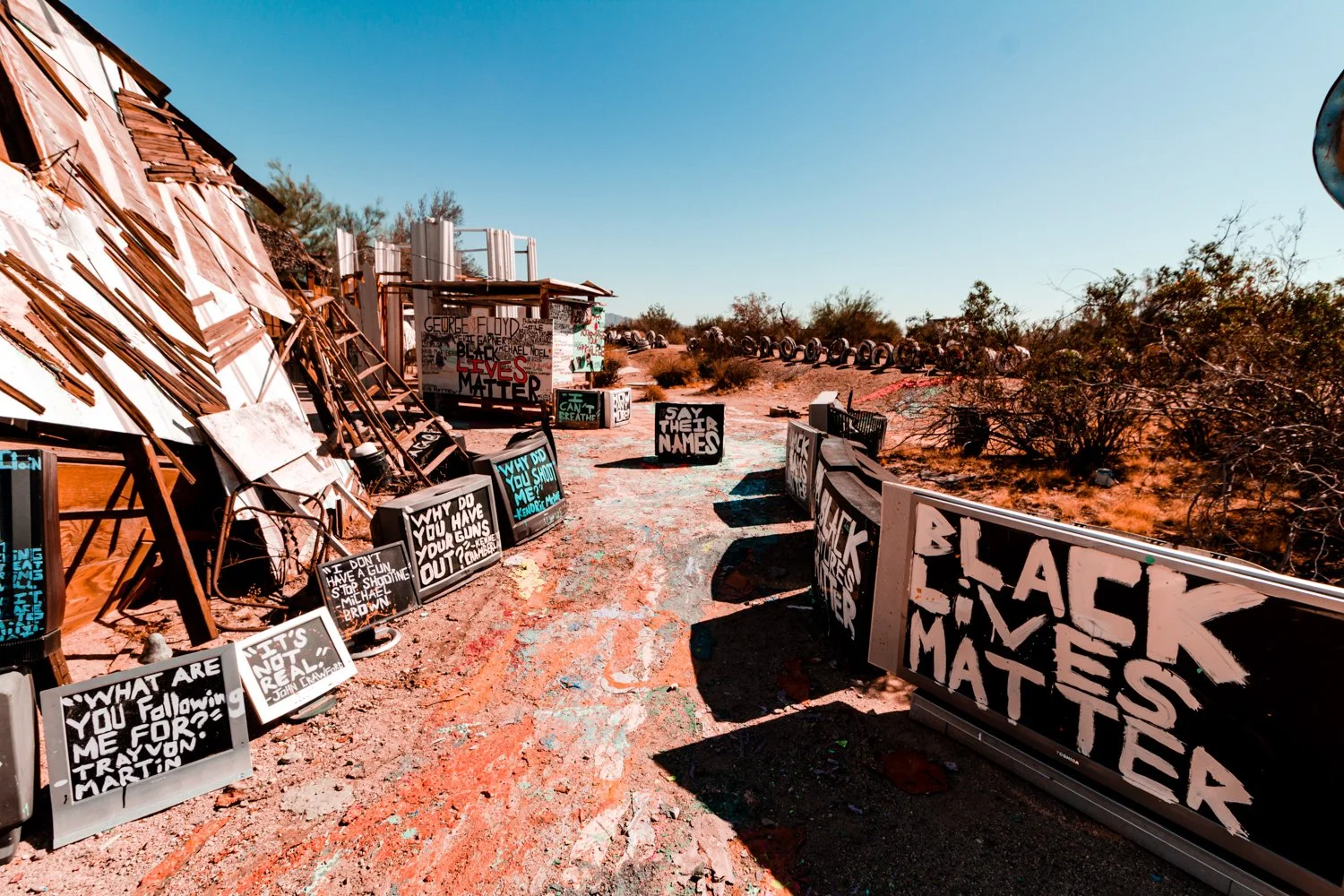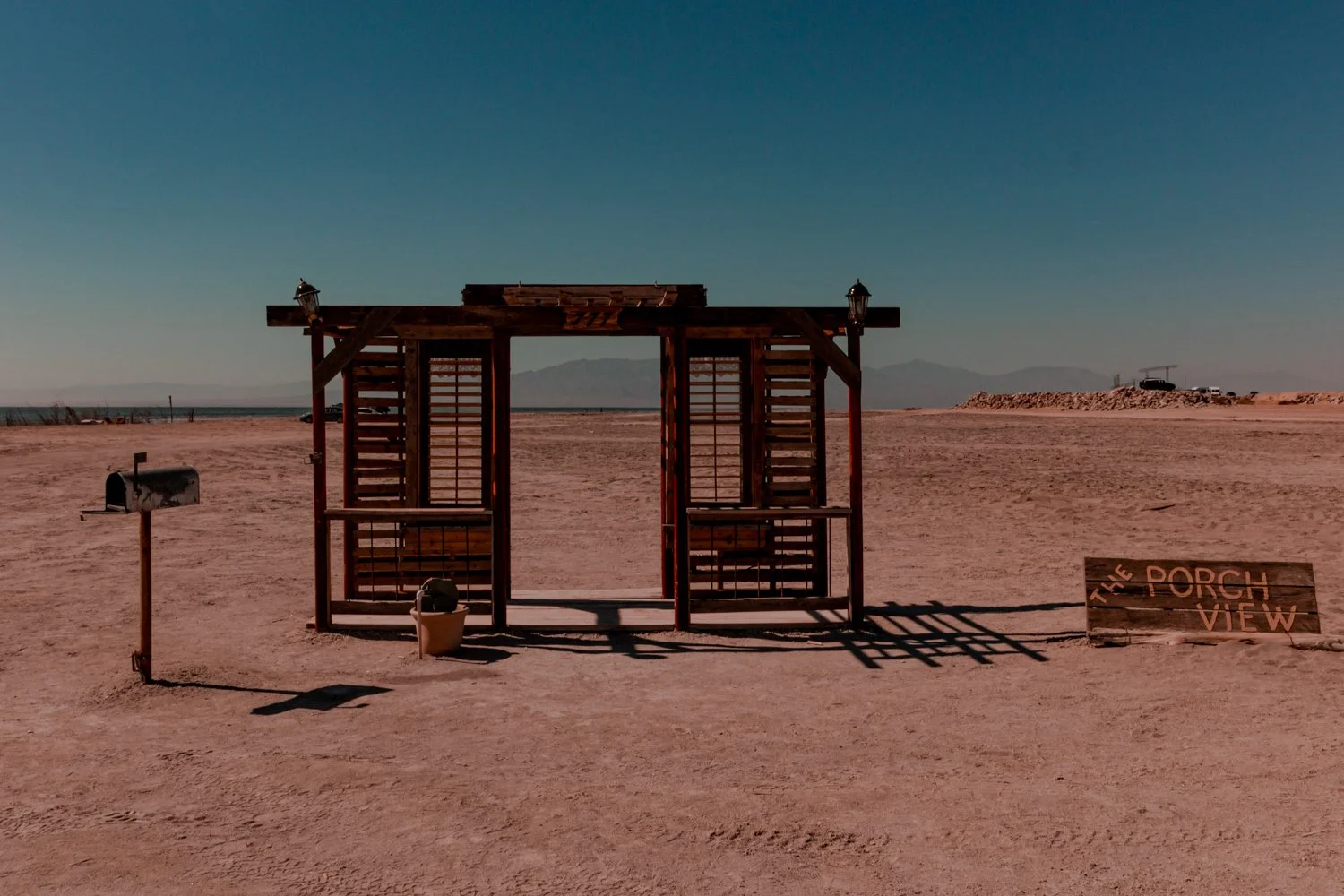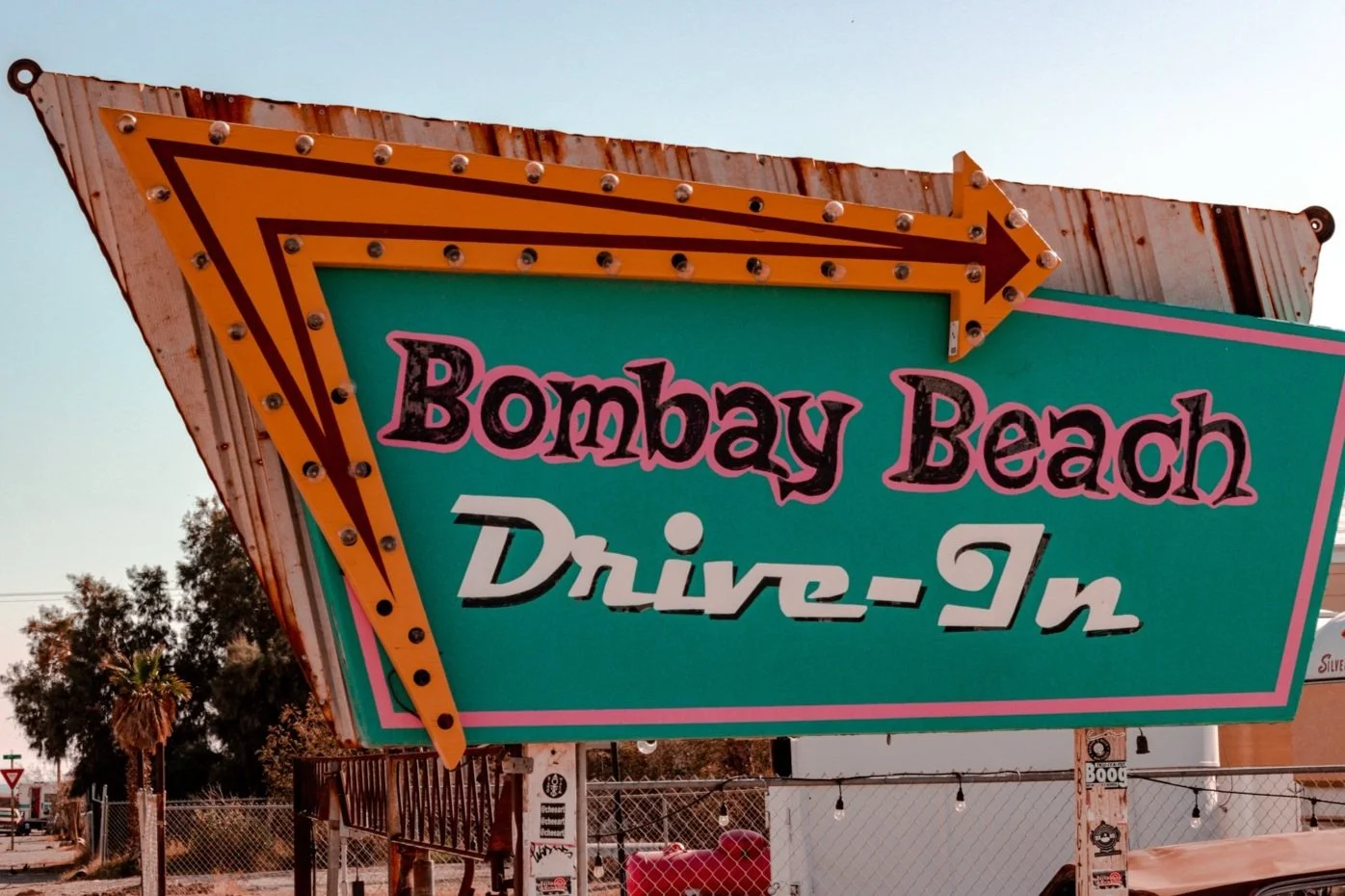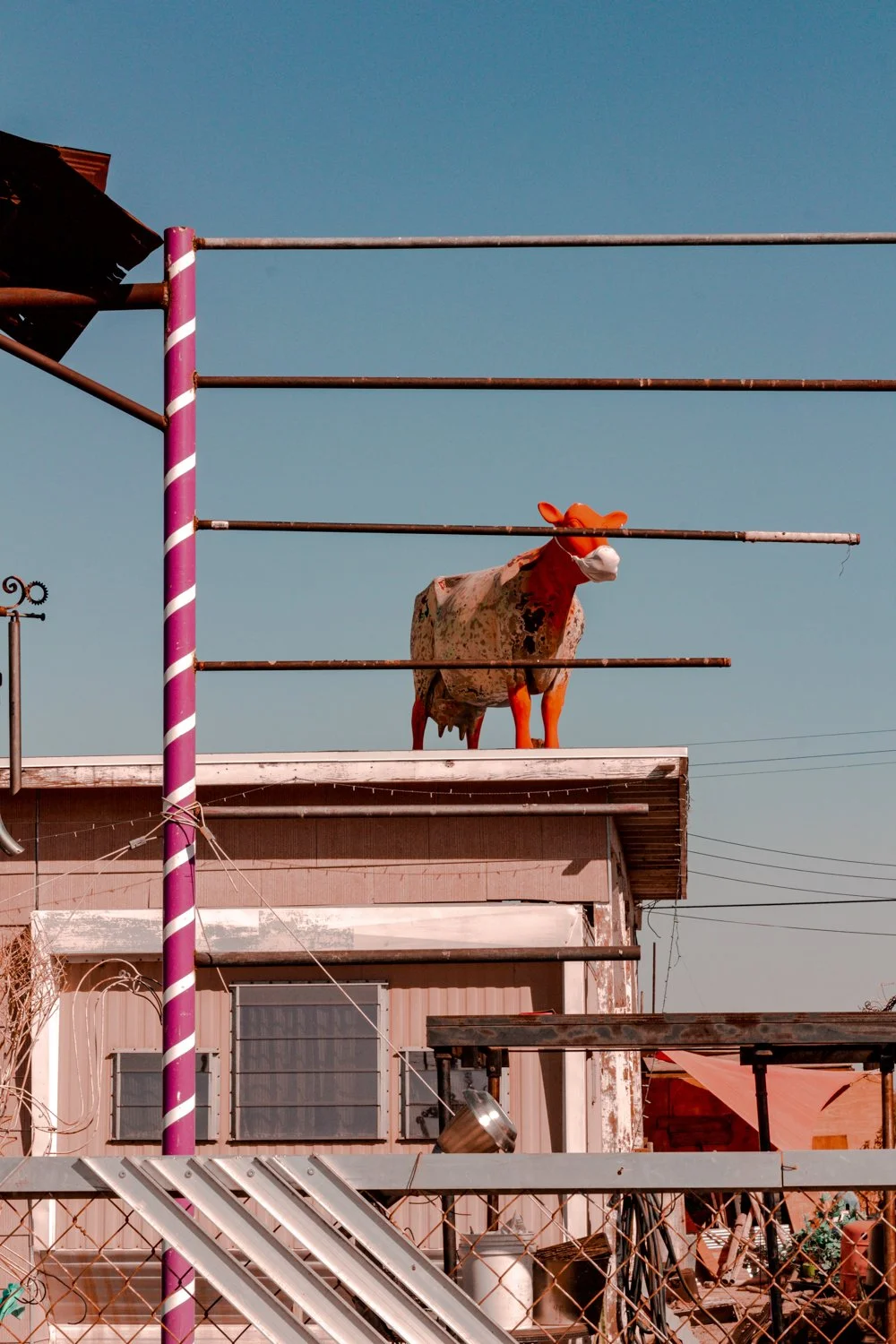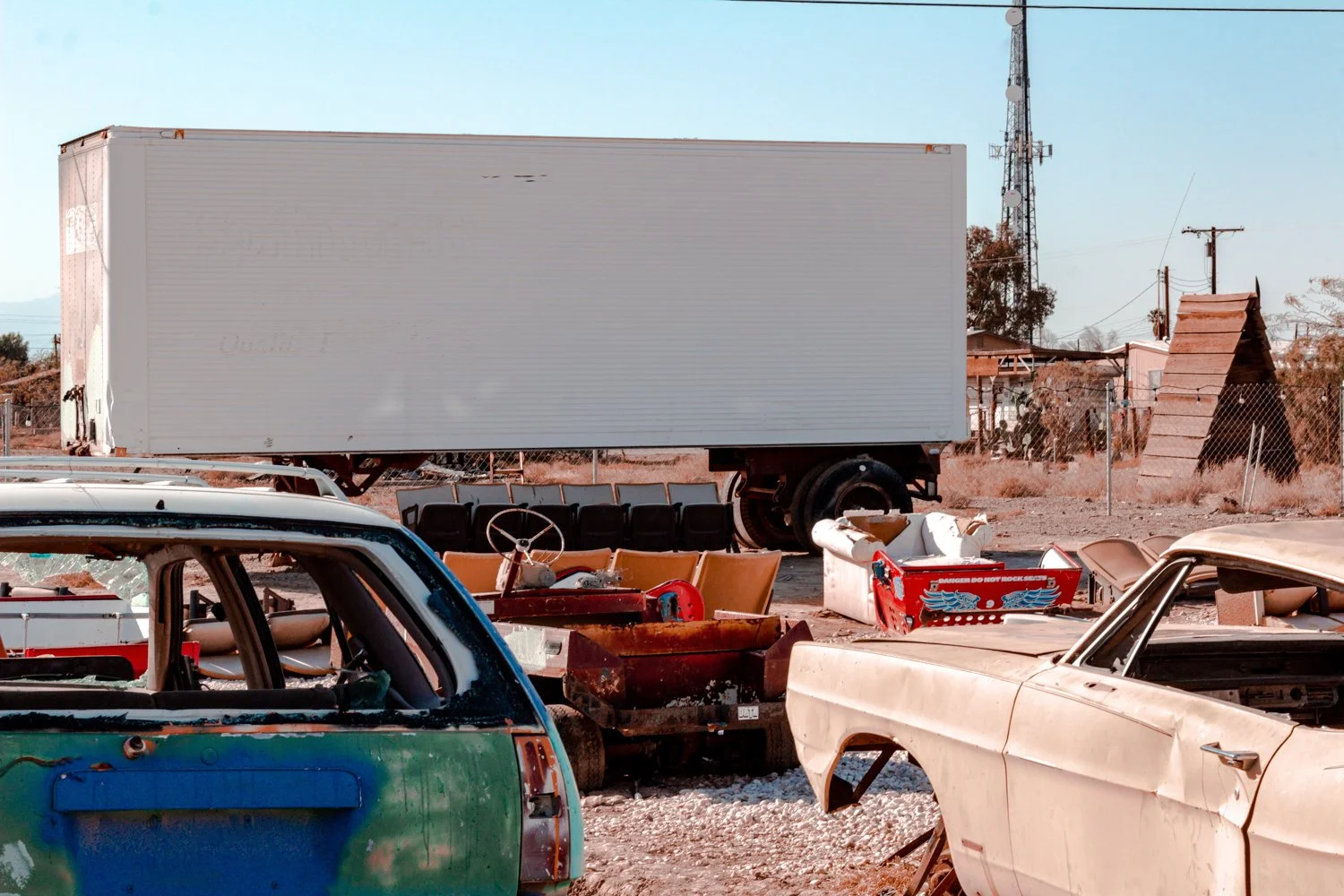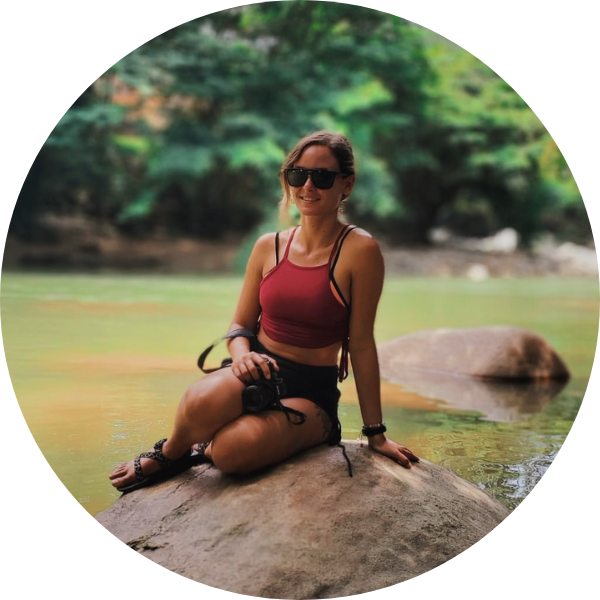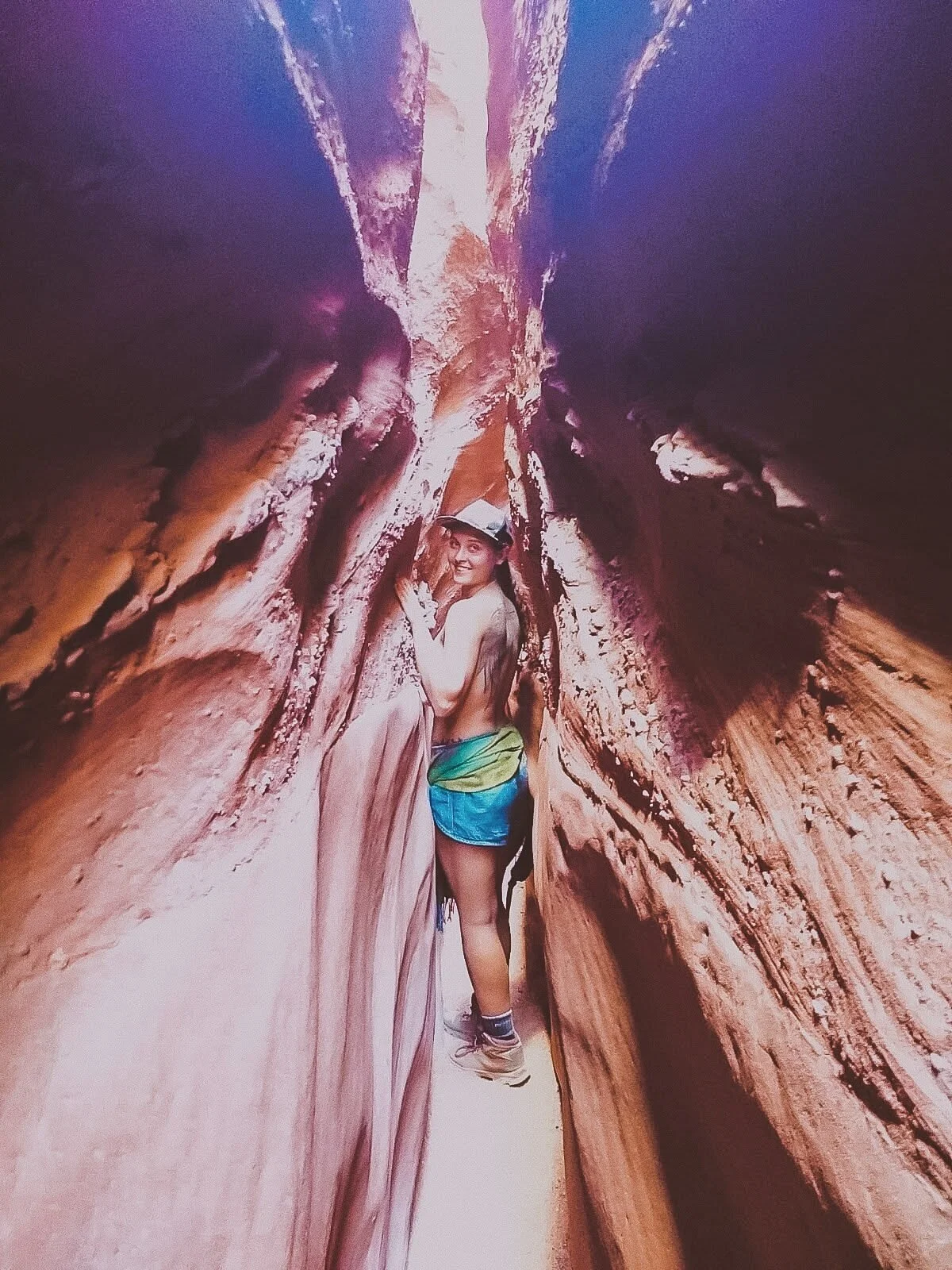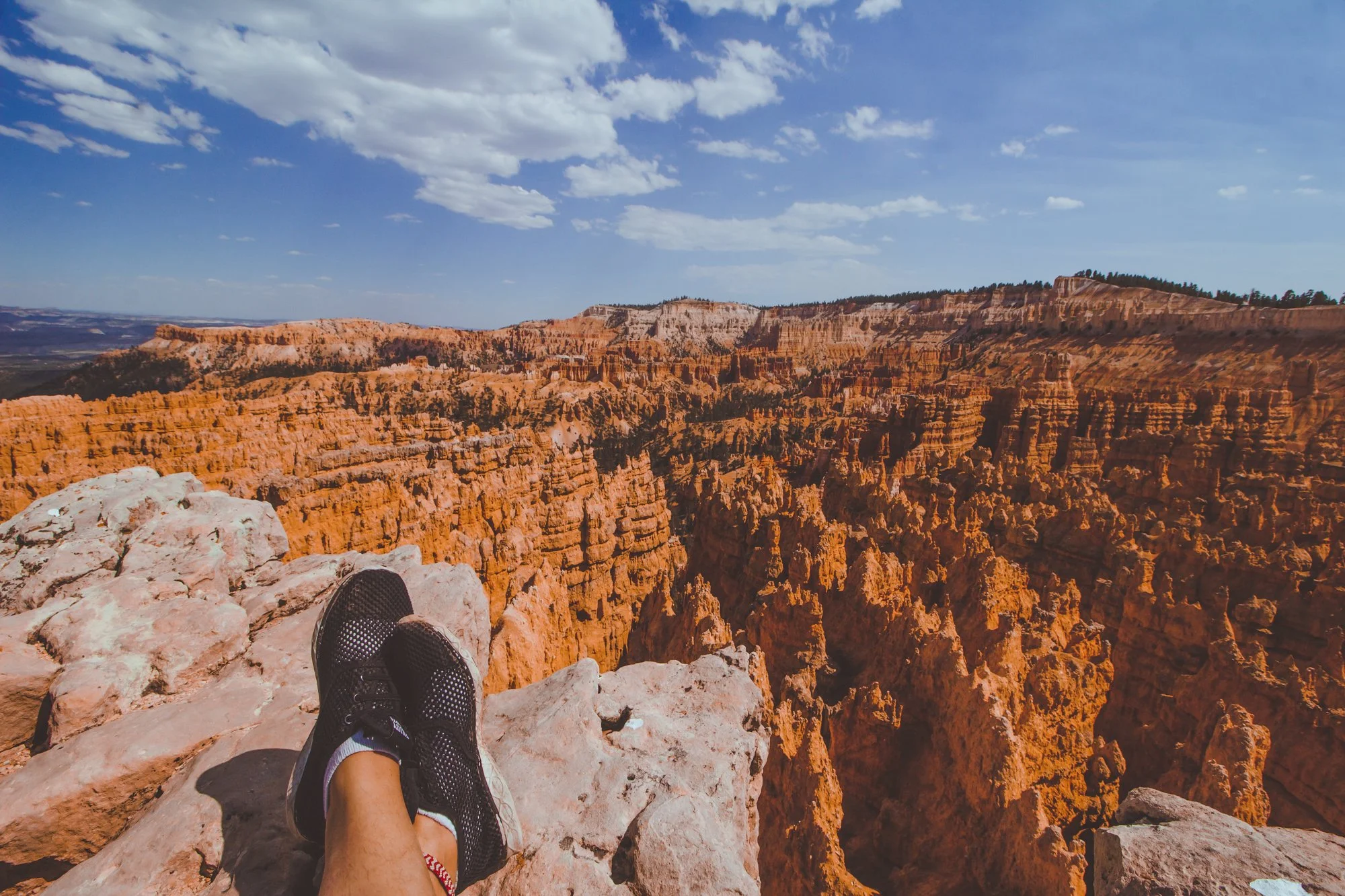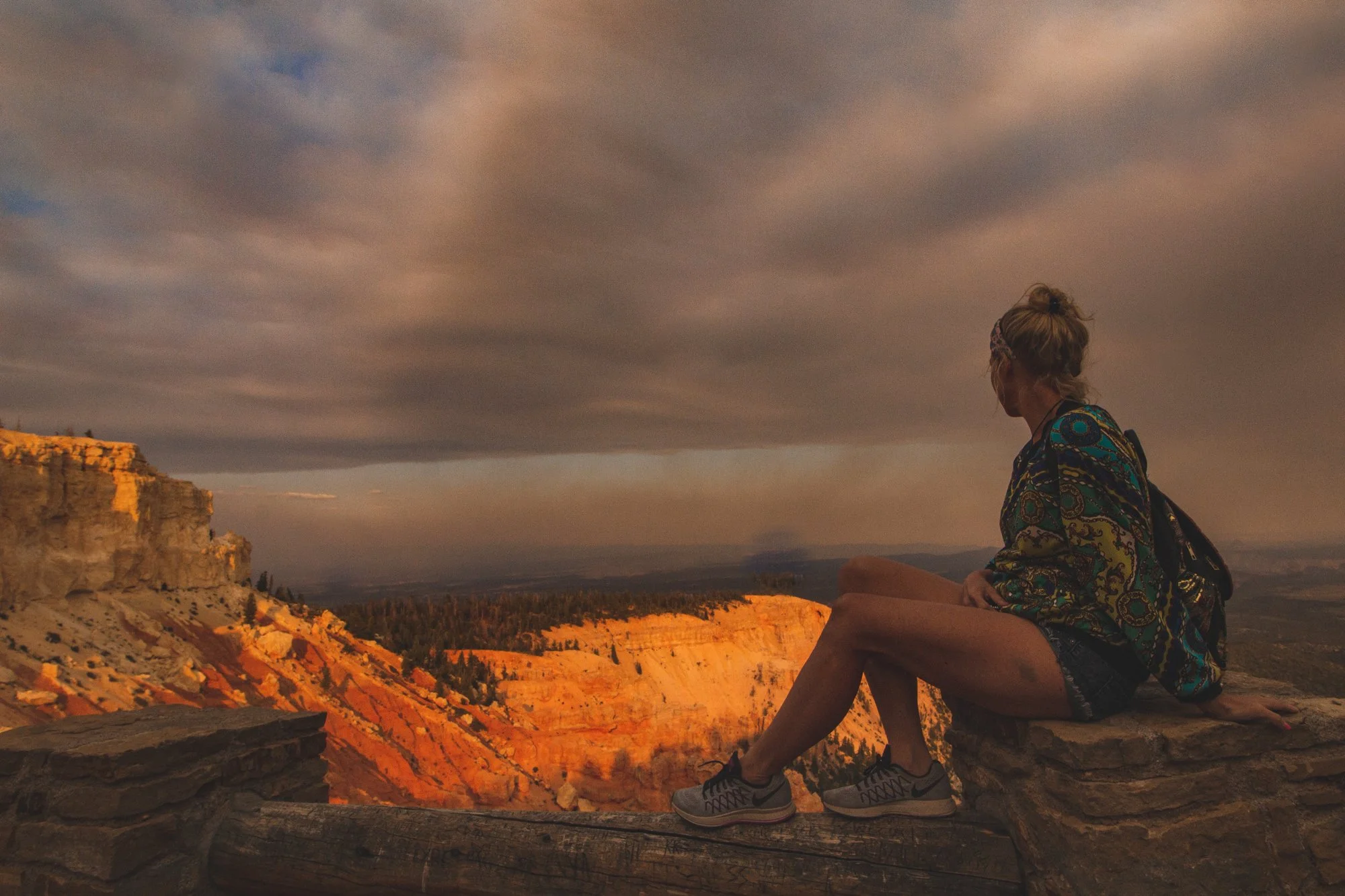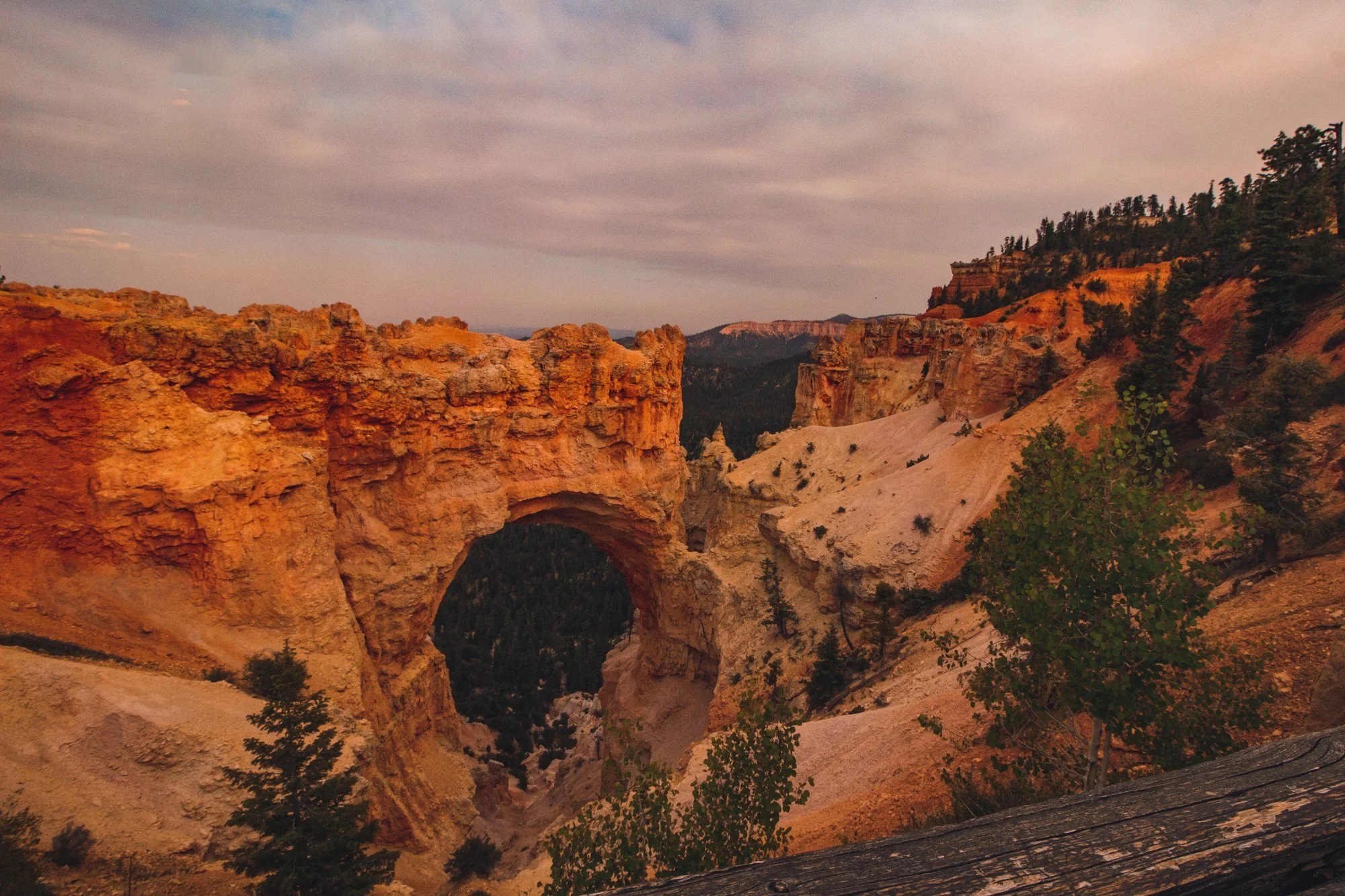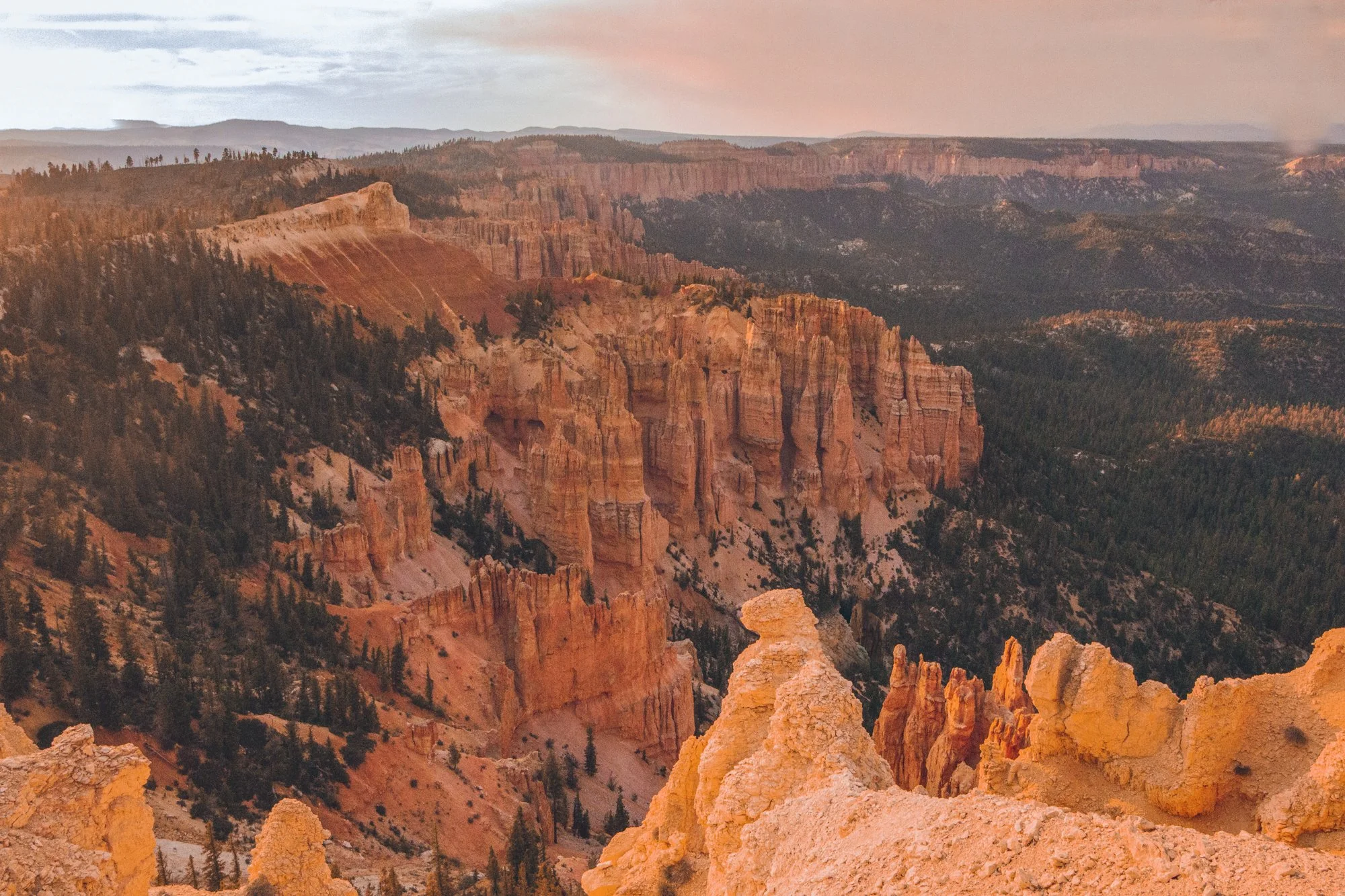Get from Medellin to Guatape on your own with this step-by-step guide. Plus, how to climb La Piedra with NO crowds, the perfect 1-day itinerary, and the gorgeous village nearby that most travelers miss.
Colombia's Coffee Region | Ultimate Travel Guide
San Rafael, Colombia | Best Local Spots to Hike and Explore
The Best Cartagena Itinerary: Getsemani, Old Town, Rosario Islands
13 Most Wonderful Things to Do in Jardin, Colombia
12 Best Things to do in Salento, Colombia for the Spirit
The Best Way to Hike Cocora Valley | Complete Travel Guide
Cool Things to do in Manizales, Colombia for the Spirit
Strange Things to do in Salton Sea, California | 8 Sights of a Ghost Town
Abandoned resort towns. Off-beat desert art. Lawless societies.
Southern California’s Salton Sea is a 3 hour drive from Los Angeles, yet the communities near this salty body of water resemble that of a different world.
And different – or ‘strange’ – is a beautiful thing.
Slab City’s Wall of TV’s in East Jesus is one of the most photographed exhibits near the Salton Sea.
Wondering about the best sights to see in this otherworldly ghost town?
This article covers the raw and real account of our 2-day adventure to the desert, including my favorite things to do in the Salton Sea area, from Bombay Beach to Salvation Mountain.
While the summers swell over 100 degrees Fahrenheit in the Sonoran Desert, the winters bring adventurers out to the dry land for unabashed living, free to roam independently.
Finding hidden steampunk art was one of my favorite things to do in the creative district.
We left our urban home of San Diego at dawn and made it to the desert early for some quiet time and uncrowded photos.
Though we didn’t scour every single corner during the weekend, here are my favorite things to do near the mystical Salton Sea.
Getting up for a sunrise photoshoot was absolutely worth it.
1. Stroll the Legendary Salvation Mountain
Salvation Mountain is Leonard Knights’ life work and homage to God in the middle of nowhere.
Colorful Dr. Seuss vibes dazzle Salvation Mountain out in Imperial County’s desert.
The biblical mountain was built by the late Leonard Knight who spent over 20 years building and painting the structure out of his pickup truck in the unforgiving desert.
The first hymn-covered hill he constructed actually collapsed after 4 years of work because it was built on sand.
Afterward, he carefully started over, saying it was God’s will for him to share these messages despite the obstacles. His handiwork demonstrates perseverance and dedication, reminding me of the Old Testament story of Noah’s Ark.
Lots and lots and lots of paint.
I’m thankful Leonard never gave up on his life’s work, as his writings of love and hope shine vividly today.
Note: Part of the hill was under construction and not fully open when we visited.
2. View trash-turned-treasure in Slab City
I admit it felt a bit uneasy to be stepping foot in the lawless land of Slab City for the first time.
Visiting Slab City is a must on your Salton Sea itinerary.
Just a quick hop and a skip down the road from Salvation Mountain lies the unincorporated boondocks of Slab City, the modern day village where retirees, nomads and snowbirds have gathered for decades in the Southern California desert.
But the first thing we saw as we drove up the main road in our bright sedan eased our nervous qualms.
Everything is art in Slab City, home to the alternative souls.
We were welcomed by a young woman playing banjo on a couch near the main entrance to the community. Her platinum locks and puffy princess dress stood out from what looked like a crowd tailgating on the side of the road, or an RV park version of a neighborhood block party.
The town’s moniker refers to the concrete slabs that remain left over from a World War II military base, now inhabited by squatters.
I want what he’s having…
3. Ponder the East Jesus exhibit
Striking. Resourceful. Beautiful.
The ever-changing East Jesus exhibit on the edge of Slab City is a gallery of treasures crafted from another’s trash.
Old vehicles become furry creatures, televisions transform into blank canvases for hand-painted messages, and tourists’ forgotten water bottles hang together for an art piece.
Contrasting with the whimsical pieces, a Black Lives Matter section a la 2020 rendered me speechless. The last words from Black men and women before they were murdered by police both haunted and moved me.
Honestly, viewing the Black Lives Matter exhibit was the most memorable things I did in the Salton Sea area.
4. Spot the Salton Sea Sculptures
Along the Salton Sea, lonely swings and shapely sculptures perch along toxic waters.
With no drainage, the sediment of surrounding sand oversalted the manmade sea, producing a deadly graveyard for fish and plants.
However, there are special nuances to the sea, despite the sulfuric smell.
Sunrises glow out of the water, something us Californians never experience on the Pacific Coast.
Antique furniture, doorways to nowhere, and anonymous transcripts left us smiling. I felt at home and at Burning Man at the same time.
5. Visit the Ghost Town Resort: Bombay Beach
Salton Sea actually used to be swimmable. Bombay Beach, now a ghost town, brought celebrities in the 1950s like Frank Sinatra and the Beach Boys, and even offered fishing and boating.
After the sea turned toxic in the 1970s, the town emitted a post-apocalyptic energy, cluttered with remnants of what was once before.
Though most visitors we saw simply drove through without stopping, we strolled around the hot desert town to find anomalies like upside down airplanes, mannequin scarecrows and a lot of displaced items on roofs.
6. Stay at the Zig Zag House
We stayed overnight at the Zig Zag House in Bombay Beach, thanks to our gracious host named Tao.
Photo by Kirsten Pastel
Apparently, it’s a Pinterest-made-popular house since tourists were getting out of their cars to take photos of the puzzling-patterned trailer during our stay.
We met individuals from all over who had come to take photos… including some of us!
I loved the charming red vibes inside the Zig Zag House, and all the enchanting elements of the exterior.
7. Sneak in the Drive-In
Is it a theater? A junkyard? Or a captivating art piece?
The Bombay Beach Drive-in left me with many questions.
I presume moviegoers left their vintage buggies a long time ago, and a new wave of artists decorated each car, mixing contemporary creations with nostalgia.
Either way, you’ll want to watch your step.
8. Shoot the Estates
This doo-wop turned hipster town would not be complete without an array of abandoned buildings that any street photographer would salivate over.
The Bombay Beach Estates stand out, however, with the addition of the World’s Shittiest Museum.
Like a decrepit art house, the ‘museum’ showcases a crass theme in every room.
A putrid lime green room satirizes the phrase Cleanliness is Godliness with toilet brushes tantalizing the décor.
In other quarters, somber sayings sprayed on walls punch you in the gut with raw emotion.
* * *
In today’s days post-pandemic, this trip was a fantastic getaway for those interested in ghost towns or provoking art. All activities here were free, but you can donate with cash (or other treats) if you like at some of the exhibits.
The air out in Imperial County was eerily quiet at first, but grew peaceful as we stayed longer. This was probably for the best, considering social distancing.
While a bit risky heading out in the middle of nowhere, we met several kind folks who seemed like they sought to escape mainstream reality for a reason.
And the strangest sight of all? Waiting for that pink sun to rise out of the mysterious sea.
hi wolfette, i’m molly
Travel is a spiritual experience for me, especially when adventuring solo.
After visiting 6 continents on my own, I’ve dedicated this project to assisting other Lone Wolfettes on their journeys.
I hope my travel guides help you find the same joy, connection, and empowerment that exploring our planet has given me.
RELATED ARTICLES
Things to do in Southern Utah: 6 Epic Parks Besides Zion
Stand on the edge of the Earth, peering down at the crusted layers of core that peel back to reveal a deep canyon of rivers, trees, and multi-colored rock.
Ascend onto deformed shapes resembling goblins, castles, or backbones of a lurking beast.
Question your galactic surroundings as you squeeze through narrow slots of Mars-like walls.
* * *
Southern Utah is home to enormous stretches of natural treasures that make for a perfect road trip, all within a few hours driving distance of one another.
While droves of experienced trekkers swarm from around the world to hike Utah’s famous Zion National Park, this Southwest corner of the U.S. houses several other gorgeous Parks deserving of a visit.
If you are frequenting 3 or more national parks this year, you should purchase an annual national parks pass ($80) that gives you access to any national park in the country. For multiple state parks, Southern Utah maintains different passes, available upon arrival.
Following the route of our road trip, here are 6 epic national and state parks we conquered in Southern Utah:
Arches National Park
Arches National Park ended up being my favorite park, certainly worth the out-of-the-way excursion to the East side of Utah.
The famous Delicate Arch (featured in the article’s main photo) graces the Utah license plates for a reason. Each naturally-occurring arch in the park stands larger than life when you reach them up close.
Mellow, moderate, and difficult hikes reward visitors with hanging arches and glowing caverns.
We also witnessed petroglyphs throughout the park, finding them prevalent throughout Utah.
I recommend you linger in Arches after dusk, and even camp if you can. The animals meander at night, the people leave, but most of all, the starry experience lights up the silent magic of the park.
Dead Horse Point State Park
On the way to Canyonlands, we took an unexpected stop at Dead Horse Point State Park. The jolting name comes from the abrupt canyon drop-off where stampedes of horsed would unknowingly run over the side.
Thankfully, we didn’t fall down the canyon - but the panoramic views of the Colorado river astounded us.
The level walks around this small park brought relief from the daring adventures at the other parks, but still got us a bit lost, which is always fun.
Canyonlands National Park
Canyonlands’ name sounded like a theme park to me - and ultimately, the great heights, treacherous climbs, and hundreds of miles of trails fostered a similar happy-go-lucky experience.
This gargantuan park spans over 330,000 acres of land, with so much to do that I could return again and again. The park is divided into 4 districts: Island in the Sky (most approachable and popular), the Needles (farther hikes for backpackers), the Maze (most remote and inaccessible), and the rivers Green and Colorado.
When you reach the spout at the top of Whale Rock, you have to take a photo, right?
While the stunning Mesa Arch was closed, we stomped up Whale Rock, as well as a full-sun saunter along Murphy Point Trail (note to self: pack a parasol per person next time. Phew!).
In addition to hiking, Canyonlands offers river rafting, jeep tours and other backcountry excursions. You could easily spend a week there exploring.
Goblin Valley State Park
We screeched to a halt as we passed the sign for Goblin Valley State Park, a name too enticing to pass by.
Mushroom-shaped hoodoos personify little goblins in this trippy valley as you head West through the bottom of the state.
Weather and the elements carved these figures into thick monsters, causing you to wonder if you are on a bad psychedelic trip. You can spend time trying to guess what the hoodoos resemble, as if you were pondering over clouds in the sky.
Be warned, the dry heat lingers warmer down in the valley, where there are no set hiking trails - just wander freely. In late June, we couldn’t stay longer than an hour in the valley while we sweltered, even with full bottles of water.
Pleasantly, we completed the hikes around the valley that highlighted Molly’s Castle (hey, that’s me!) and a surprisingly skinny slot canyon.
Grand Staircase-Escalante National Monument
Encompassing over a million acres, we barely scratched the surface at Grand Staircase-Escalante National Monument. The staircase name details the row of plateaus from Bryce Canyon toward the Grand Canyon.
These photos featured are from the Spooky Slot Canyon, a hike so narrow that only smaller folks can squeeze through, without a backpack.
I learned rapidly that Utah hikes were not for the faint of heart, with parts of the hike you could seriously get stuck in (but yes, I still recommend it the challenge!).
The humongous swath of land in Escalante features waterfalls, gulches, slot canyons, and hundreds of miles of towering cliffs. In other words, the remote hiker can really get away from it all at the Grand Staircase, an epic place that deserves much more of my coverage.
Bryce Canyon National Park
Bryce was so nice, I had to visit it twice! Check out my article on how to spend 1 day in Bryce Canyon for a full synopsis.
The main access road through Bryce Canyon National Park stretches just 18 miles, packing the most punch into a relatively “smaller” park, so you can see a lot of variation in a short amount of time.
Connect Queens Garden with Navajo Loop for a fantastic well-rounded hike that features redwoods, peek-a-boo windows, lavish structures, and a rainbow of whites, oranges, yellows and reds.
The colors of Bryce pop as bright as the pictures, and sunsets shine absolutely golden.
Happy travels!
Gallery
How to Spend One Day in Bryce Canyon, Utah
Rustic red beauty, gargantuan rock formations, and mysterious valleys can keep you trekking through the elusive Bryce Canyon for days.
However, unlike other national parks, this Southern Utah park is fairly compact and is accessible for travelers who only have a day to pass through, often before or after the neighboring Zion National Park.
We were able to take advantage of the nearly 9 PM sunset time in June and discovered the best way to spend one day in Bryce Canyon National Park in the Spring / Summer season. The views were stunning, colors struck a vibrant chord, and the golden hour saturated the skin and sky.
This spontaneous pit stop proved well worth the sunny day visit, though I will have to return again sometime in winter to experience the mystic icicles and snow-topped hoodoos, the eroded rock pillars that Bryce is famously abundant for.
Enjoy my guide on how to spend one day in Bryce Canyon National Park… and you don’t have to wake up at 6 AM to do it. We’re living life on mountain time now, baby!
Morning
Gaze from the perimeter of Bryce Amphitheater: Sunset to Sunrise Point.
Immediately upon entering the park, you are greeted by Bryce Amphitheater, the orchestral valley with red, orange, and yellow hoodoos stretching as far as the eye can see.
Jump out and stroll along the Sunset to Sunrise trail for one mile of epic photo opportunities along the entire perimeter.
Descend down into the Queen’s Garden / Navajo Loop for up-close encounters of Thor’s Hammer, Queen Victoria, and Wall Street formations.
Potentially the most popular trail in Bryce Canyon, this 2.9-mile combination loop welcomes visitors embarking from Sunset Point to witness surreal changes in the earth’s landscape with striking caverns and monstrous structures that possess these distinctive names.
Look for identifying hoodoos and wildlife as you continue along the scenic main road.
Highway 63 spans 18 miles of stunning viewpoints, the next being Inspiration Point and Bryce Point.
Look for the arches and windows formed by hoodoos that categorize each landscape unique.
Wildlife roams freely through the park, with dozens of species of bird, mammals, reptiles and amphibians. We spied mule deer, blue jays, ravens, lizards, squirrels and luckily, no Great Basin Rattlesnakes. If you are fortunate, you could even encounter porcupines, foxes, or even the endangered California Condor.
Afternoon
Switch up the scenery with an abridged visit to green Sheep Creek / Swamp Canyon.
While this hike through the quiet backcountry is 4 miles, you can briefly cruise through the tree-lined trail for as long as you desire before turning around, to steal a taste of the terrain.
Relax at Natural Bridge and Agua Canyon.
Natural Bridge became my favorite viewpoint of the entire day and features the attention-grabbing arch that steers your eyes into the valley. Agua Canyon is just a half mile down the road and full of imagery reminiscent of Dr. Seuss’ timeless book, Oh, the Places You’ll Go!…
Travel down to Rainbow Point, the highest elevation point in the park at over 9000 feet, and meander around the Bristlecone Loop Trail.
Rainbow Point earns its name from the myriad of colors emitted from its topography: dark green trees mixed with whites, reds, and orange natural amphitheaters.
Our jaws dropped at the panoramic view before we moseyed through the 0.8 mile Bristlecone Loop, a partially shaded walk decorated with fir forests and bristlecone pines, like a winter wonder dream in the Summer.
Offer a final farewell at Yovimpa Point, around the corner from Rainbow Point.
End your excursion at Yovimpa Point, where the Grand Staircase peeks at you from underneath layers of rock. The Pink Cliffs, Grey Cliffs, and White Cliffs would make this point a more fitting name than Rainbow Point.
* * *
hi wolfette, i’m molly
Travel is a spiritual experience for me, especially when adventuring solo.
After visiting 6 continents on my own, I’ve dedicated this project to assisting other Lone Wolfettes on their journeys.
I hope my travel guides help you find the same joy, connection, and empowerment as exploring our planet has given me.


